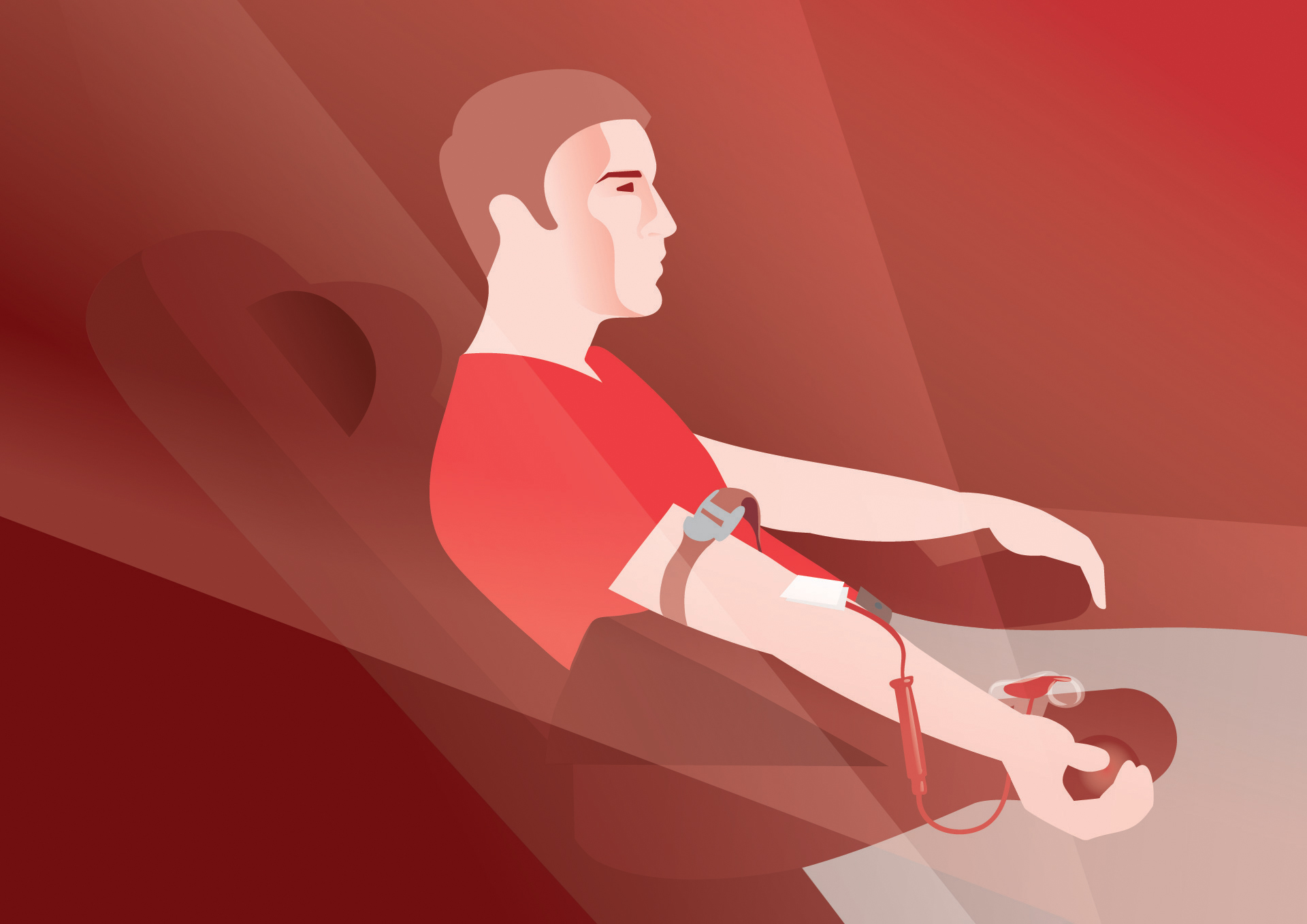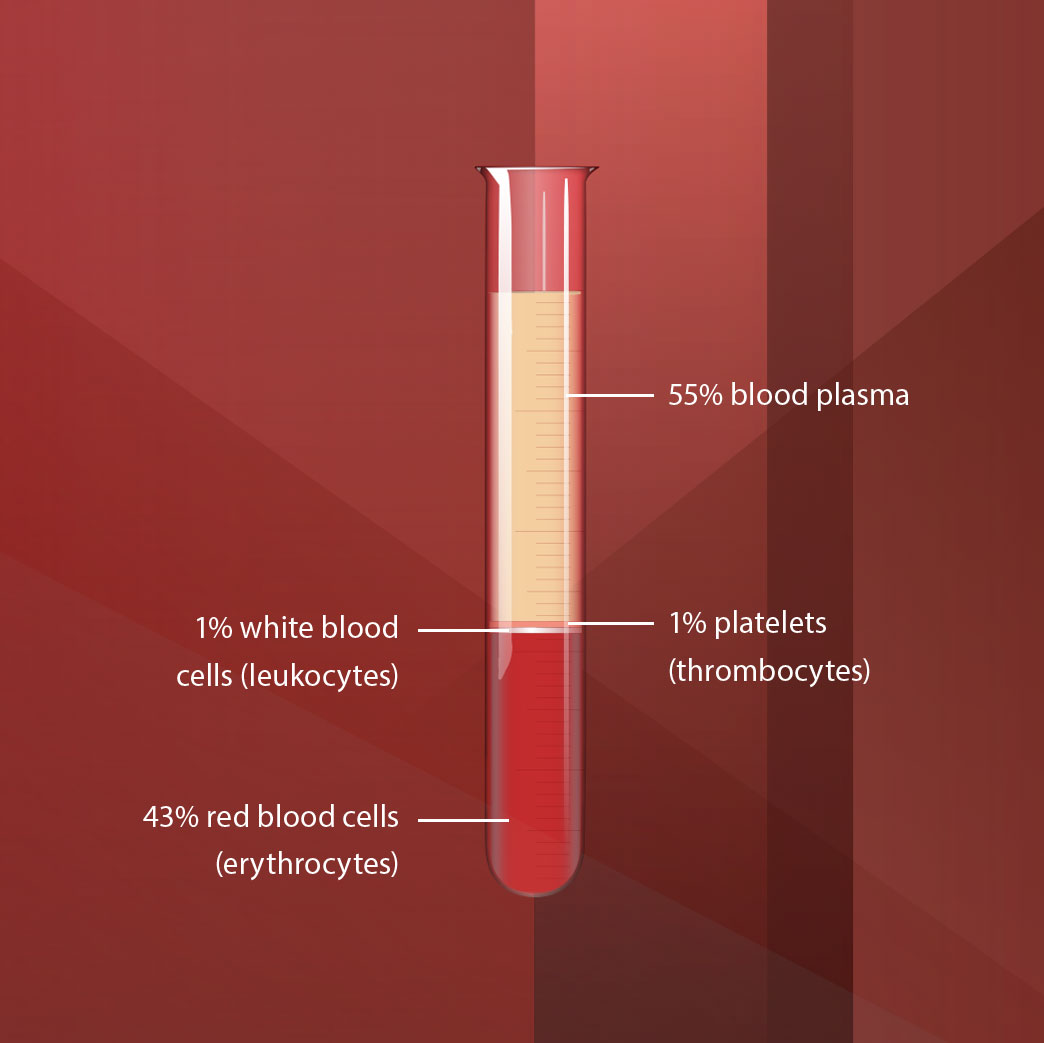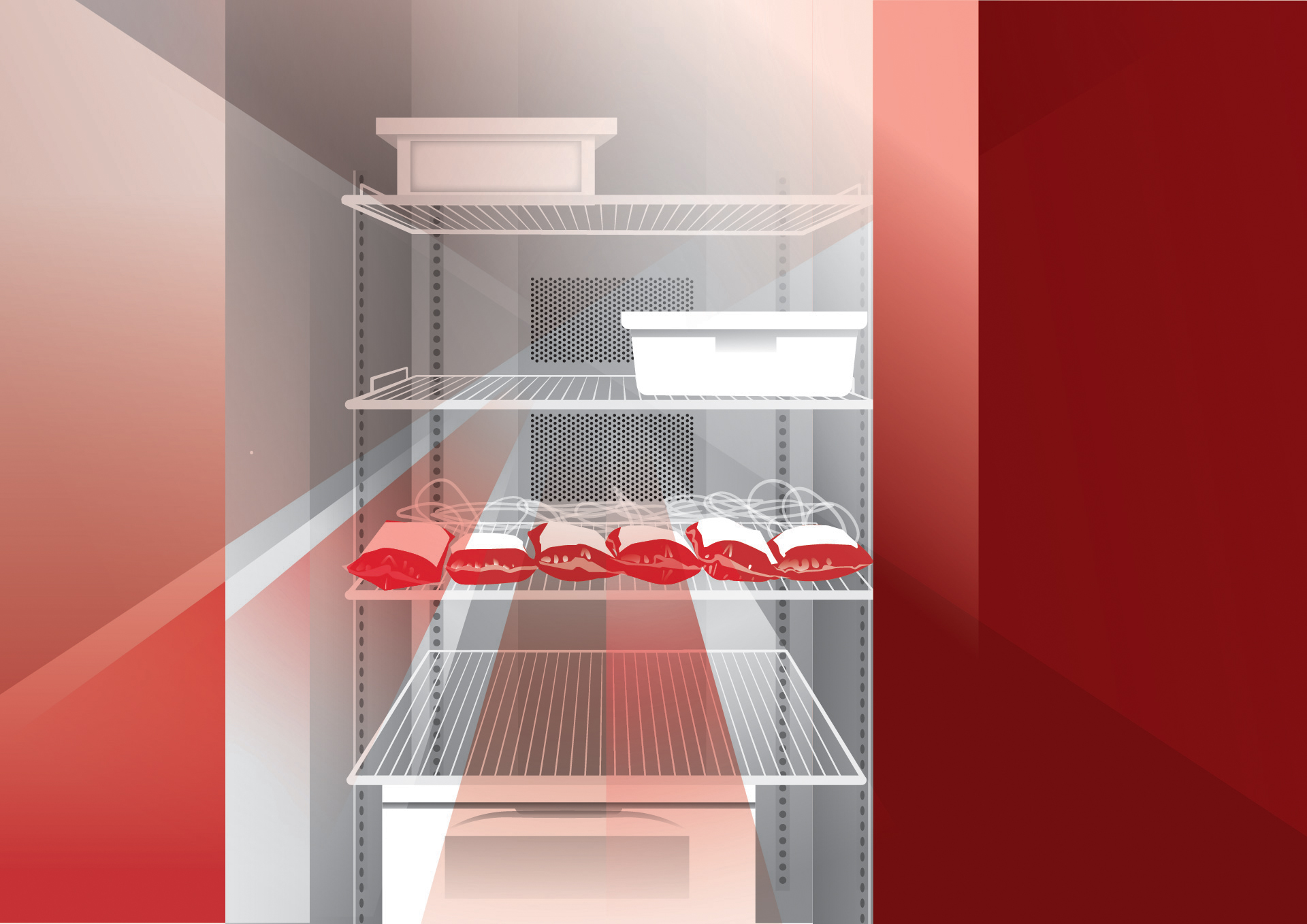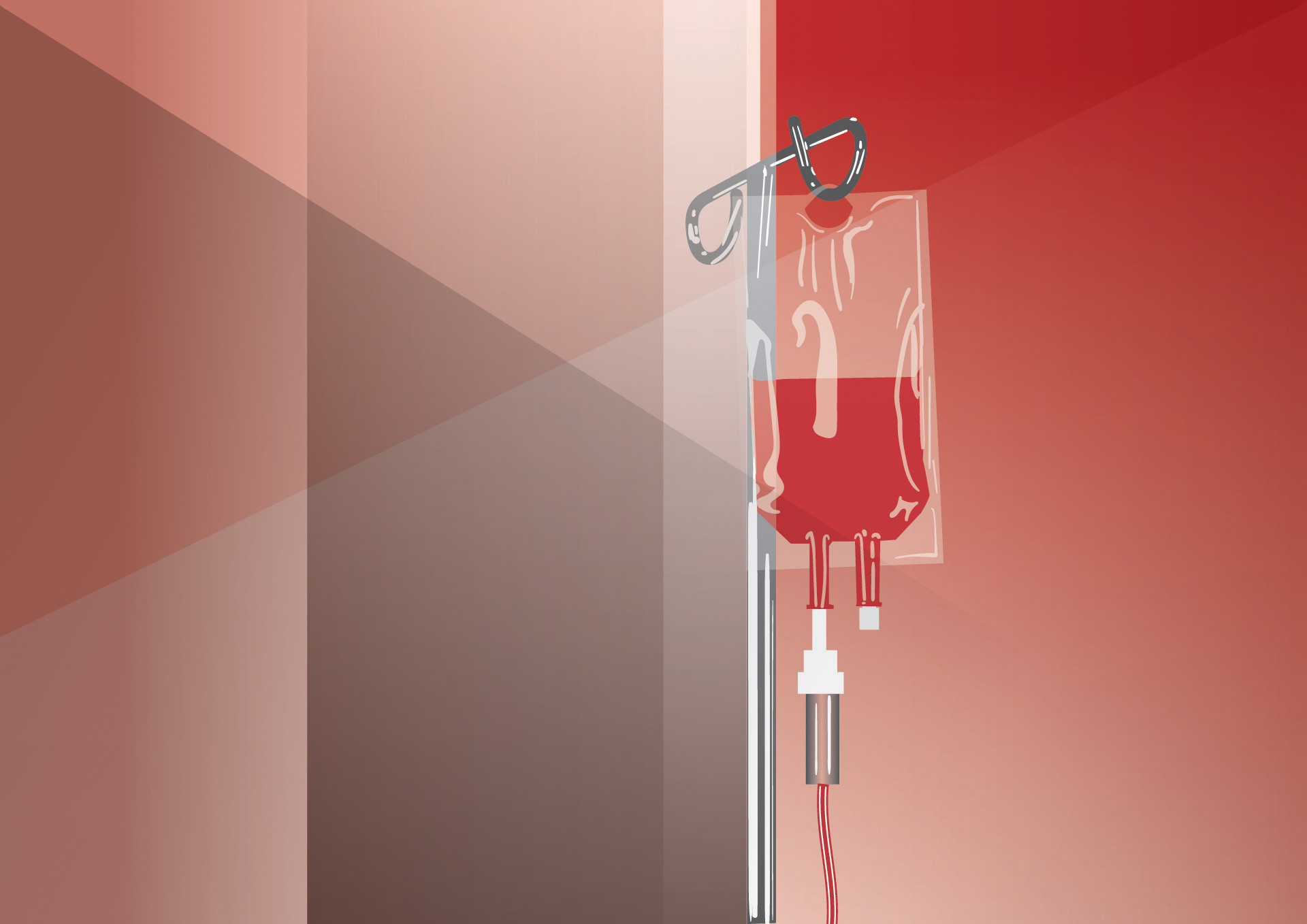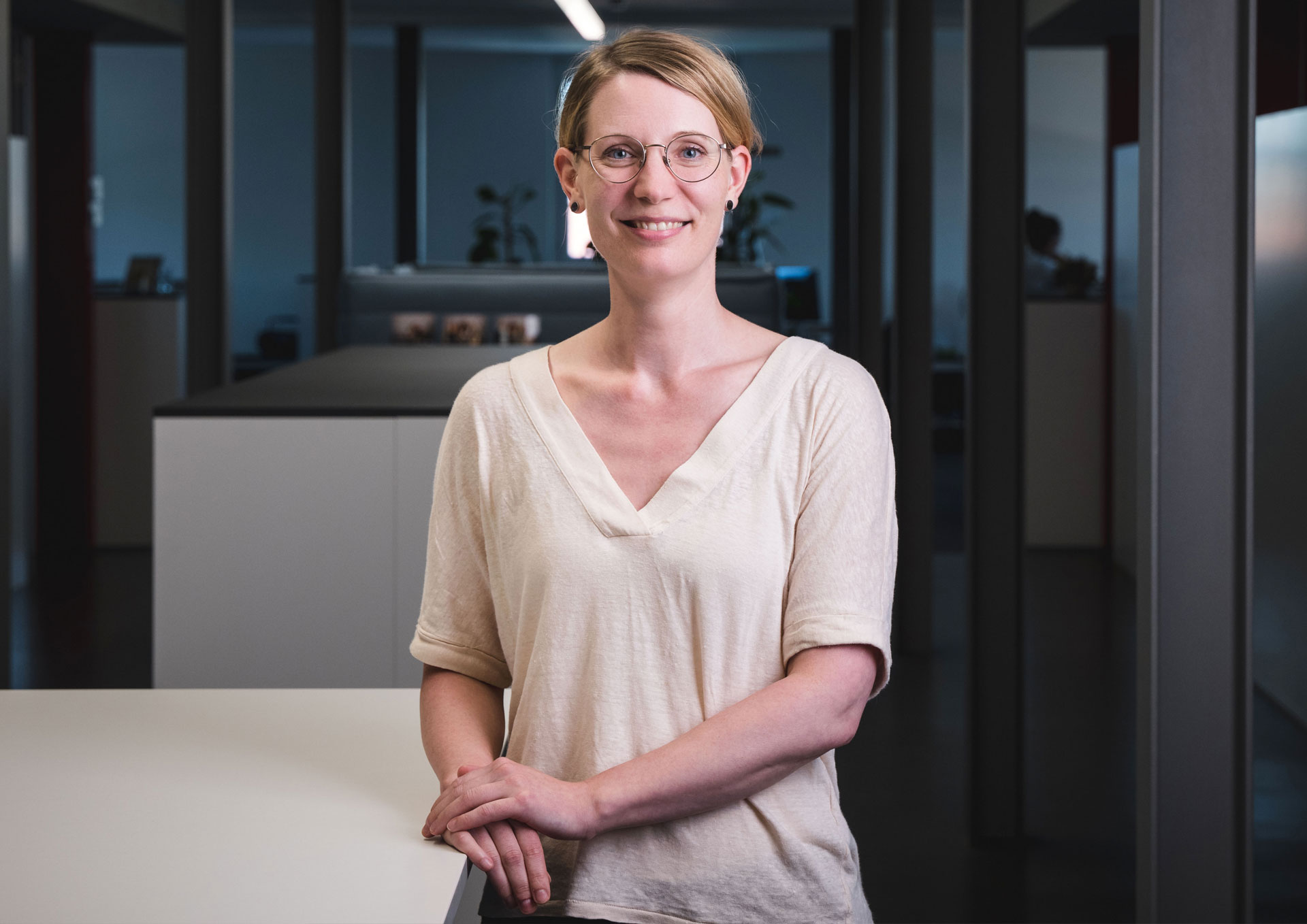From here, the blood is used to treat patients. The prescribing doctors are responsible for the transfusions. They issue instructions and, as for other medicines, assume responsibility for the treatment. But one other special feature should be mentioned: "All establishments that administer transfusions must appoint an individual who is responsible for haemovigilance – usually a doctor. This person is responsible for complying with the legal requirements and must be registered with Swissmedic", explains Julia Engels. She continues: "This person is ultimately responsible for the quality and safety of the transfusions." The transfusion process in a hospital is complex, and numerous members of staff are involved. In addition to the administrative support staff, these include nurses, laboratory personnel, quality managers, technicians, cleaners and doctors.
Together with Julia Engels, we take a closer look at the whole vigilance process: "Since mistakes can occur at every stage of the transfusion chain, we need to monitor all the interfaces. Blood is a living product. Everyone involved must strive to make the work steps as safe as possible", clarifies Julia Engels. She continues: "Haemovigilance enables us to identify those process steps that are prone to error. We don’t view a hospital that sends us reports of incidents at regular intervals as something negative. Rather, it indicates to us that the hospital has a progressive error culture and that quality assurance measures have been implemented."
Basically, errors can crop up anywhere. In 2021, Haemovigilance received a total of 7,901 reports on labile blood products. This number is made up of transfusion reactions, transfusion errors and near misses, reports from manufacturers concerning quality problems and adverse reactions associated with blood donation. "Adverse effects repeatedly occur during the administration of blood and labile blood products. We systematically collect these incident reports and assess them very carefully", explains Julia Engels.
Everyone involved in the whole transfusion chain is obliged to report errors to Swissmedic. "By assessing these reports we can identify critical points and safety gaps in the process, so that we can then implement preventive measures and targeted improvements more effectively." The quality assurance system must be flexible and able to learn from mistakes. And it must work at all times. As well as the process monitoring, the transfusion itself is also monitored: "Although blood products are very safe, adverse reactions can occur in isolated cases", says Julia Engels. It then needs to be established, for example, whether bacteria were present in the product, or whether it may not have been appropriate or compatible. All transfusion reactions must be reported to Haemovigilance. "Where necessary, further investigations –
possibly at the manufacturers’ premises – will be carried out; in certain specific situations, the donors of the blood may also need to be investigated."
A special requirement for blood products is that the whole chain, from the donor to the recipient of the blood, must be seamlessly traceable. This is not usually the case for other medicinal products. If an infection is suspected to have been transmitted by a blood product, a so-called "look-back" procedure can be invoked – even years after the transfusion. All transfusion reactions and look-back procedures are published in the Haemovigilance Annual Report.
Responsibilities for monitoring along the transfusion chain are clearly delineated: The blood transfusion services are the manufacturers and coordinate the filling and transport of the bags; they are audited by a Swissmedic inspection team. The respective Cantonal Pharmacists are responsible for blood banks in hospitals. And Haemovigilance at Swissmedic is responsible for monitoring quality assurance and transfusion reactions.
We leave the hospital and wonder, finally, what will happen to the blood from Theo Zeiter and Silvano Cartoggio. The donors themselves say that they are not particularly interested. "We trust the organisation and always have a good feeling after giving blood. We don’t want to know the details of how our blood will be used in the future."
